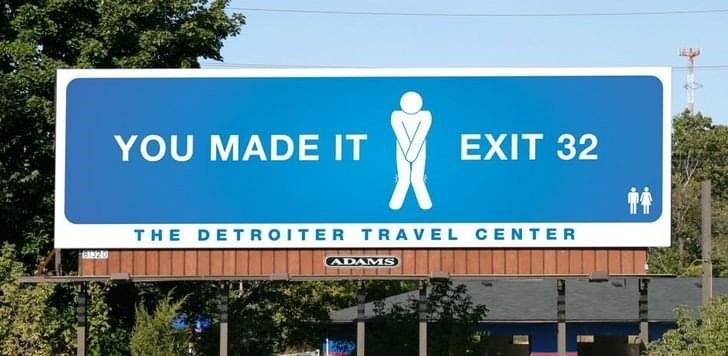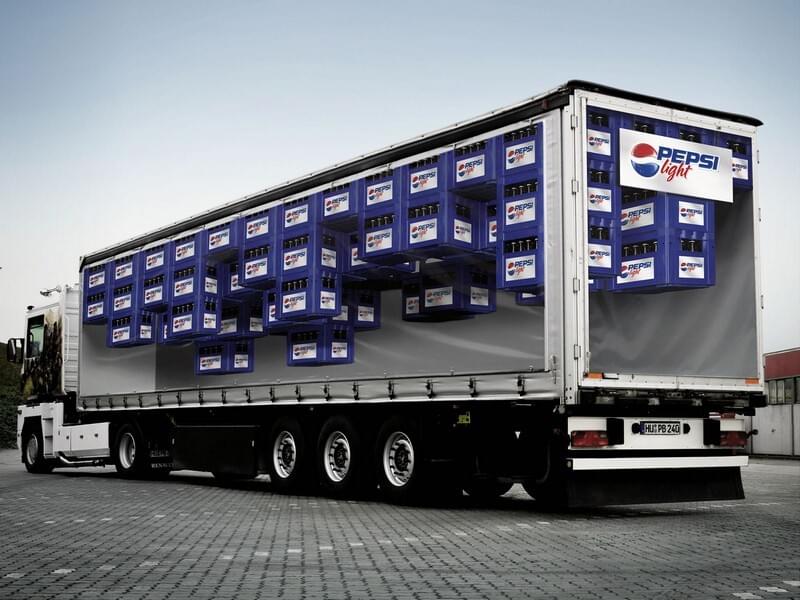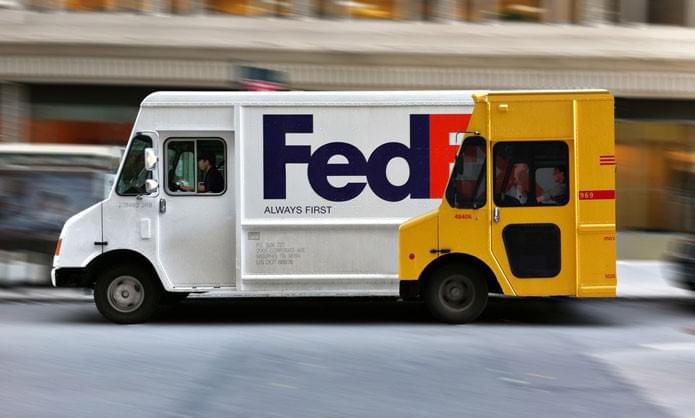
We advertisers always hunt for new ways to strike a chord with our audience. But regardless of all the tactics and tools at our disposal, there’s one that never fails if used well – humour.
Picture two billboard ads on either side of the street promoting an identical product. The first one is pretty and boring while the second is pretty ugly yet hilarious. Which do you think will perform better? The not-so-well-produced ad with a clever gag will likely pack a more visceral punch.
That’s why it’s a good idea to incorporate humour into your out-of-home advertising campaigns where possible. But of course, it is a challenge.
Why Humour Always Works (When Done Well)
Humour works well in advertising because it’s startling. The underlying mechanism in humour is surprise, whether it means poking fun at something that secretly bothers us or revealing something we all know is true. These are classic pillars you’ll find in famous stand-up routines, sitcoms or Doritos commercials.
The numbers behind the power of comedic advertising speak volumes too. At least 30% of all ads use humour in some form, and 50% of T.V. ads incorporate humour as well.
Think back to some of the biggest campaigns in recent years. Old Spice’s “The Man Your Man Could Smell Like”, K-Mart’s “Ship My Pants” and basically every SuperBowl ad incorporate some form of humour, whether it’s surreal, innuendo or awkwardness. Even B2B brands now experiment with humour to lighten up their typically dry personalities.
Billboard and truck ads are no different.
A funny image or a witty headline will turn heads faster than any other approach. And humour is much more than trying to look clever.
Billboards and all forms of OOH advertising have no more than five seconds to get onlookers’ attention. Few drivers (if any) will rubberneck to read or see what they missed on a billboard.
At the very least, humour gives you the opportunity to attract eyes that would otherwise ignore your ad.
Tips for Creating Humorous Ads
Humour is a fickle beast – it can either boost your brand image or it can bite you. We’ve all seen the tragic consequences of joke that didn’t land well. There’s either dead silence, eye-rolls or worse, an offended crowd. With that said, it’s important to keep a few things in mind when crafting a humorous truck or billboard ad.
Crafting the Funny Billboard
- Learn the preferred humour style of your audience – Do they like sarcasm? Wordplay? Edginess? Study what your audience reads and watches, and do your best to serve them the humour they appreciate.
- Test it – Before spending your dollars on ad space and placements, get some outside perspectives on whether the ad is funny or not.
- Don’t lose sight of your message – Humour shouldn’t come at the expense of your message. A joke is fine, but the concept should still communicate your value proposition or brand’s ethos in some way.
- Beware of taboos and offensive material – This one is huge. What’s funny to one person could come across as deeply offensive or inappropriate to another person’s ethnicity, gender, religion and more. Again, an outside perspective can help you catch an offensive reference that floats past your radar.
- Study great examples – Knowing where to start when crafting humour-driven ads is a challenge. You can save some time by studying (not copying!) what other brands have done to jumpstart your creative process.
Examples of Funny Out-of-Home Advertising
Since coming up with humour-driven ads is tricky, we’ve compiled some inspiration for you below. There’s a mix of creations from different years, of different types and for different brands. You may have seen some in the past.
Spotify
The Detroiter Travel Center
Calgary International Film Festival
Pepsi Light
FedEX
Doydoy
Humour Takes OOH Ads to New Heights
Remember, you only have three seconds or less (five at best) to grab your audience’s attention. That’s no easy feat! But the right dose of humour gives your advertising a fighting chance against the ever-shrinking, human attention span.
But crafting a humorous ad requires balance. You don’t want to hold back too much or else your joke might bomb. Neither do you want to be too unfiltered or else your joke might offend. You really need to keep testing and tweaking your message and get as much outside feedback as you can before signing off on the creative.
With a bit of persistence and patience however, you just might create an ad that gets as many laughs as it does impressions.







